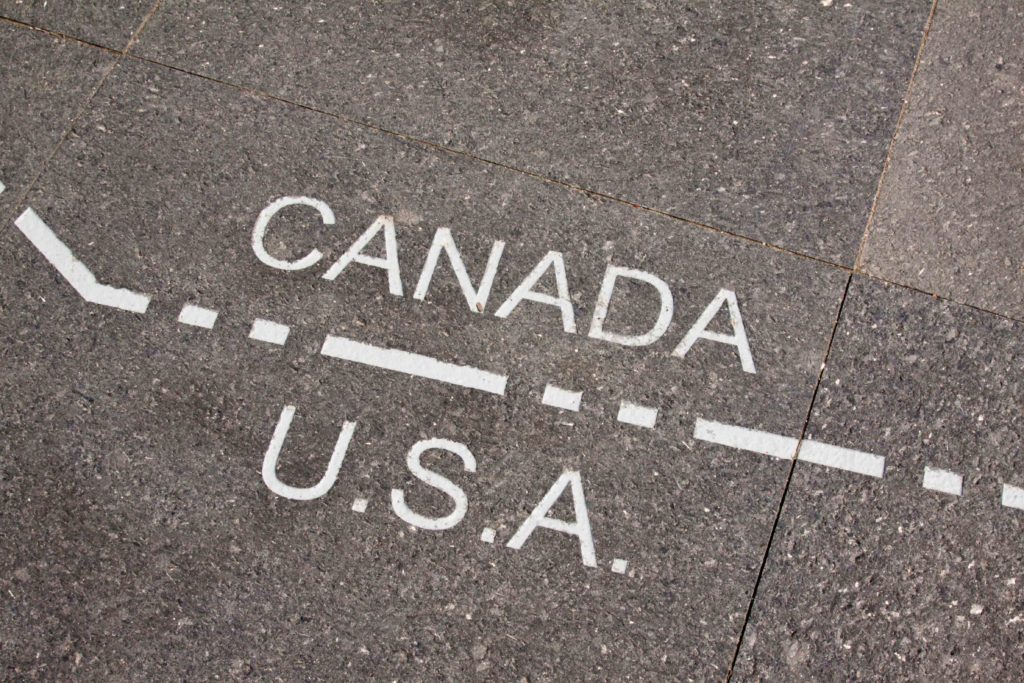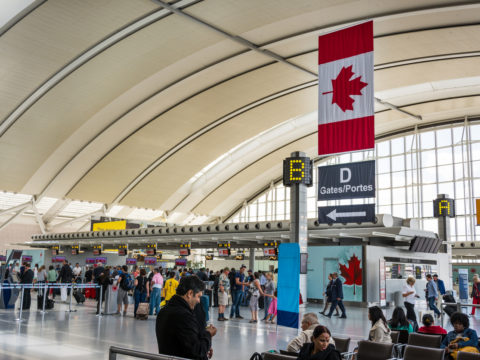
As more common-law couples struggle to demonstrate their marital status at the Canada-U.S.border, some are more successful than others. To meet the definition of a Canadian common-law relationship, a couple must demonstrate that they have cohabitated together for at least 12-months in a conjugal relationship
Background
The Canadian-U.S. border remains closed to non-essential travel until at least August 21, unless they are the immediate family members of a Canadian. Immediate family members include dependent child, parents or step-parents, guardians or tutors, and spouses or common-law partners.
The good news
ITC News covered the case Canadian Stephen Barkey and American Cathy Kolsch earlier in July. Because they could not prove they were common-law partners, Barkey and Kolsch were separated at the border. The couple live in a recreational vehicle and lacked the typical documentation that common-law spouses would normally have like a shared lease or mortgage and joint utility bills.
We are happy to report that Stephen and Cathy were able to reunite in Canada after hiring the services of an immigration lawyer. The immigration lawyer compiled a 250-page document that detailed their life together. This narrative helped sway immigration officials that their common-law status was indeed genuine and they were allowed to reunite in Canada.
ITC News reached out to Canadian Immigration Attorney Renaud Dery who was not involved in this case for comment:
“If you don’t have documents that show shared accommodation or financial records that demonstrate you are a couple, include as much documentation as you can to support your claim of common-law status. The documents should create a narrative of your journey together as a couple and highlight any and all instances that you have cohabitated together,” he said. “A picture can be worth a thousand words so including those to support other documents is can strengthen your case”
The bad news
American Joseph Norris of Malone, N.Y., and his Canadian partner, Andrea Parraga of Ottawa were not as lucky. Norris and Parraga do not have proof of shared accommodation or household expenses. They each have their own separate home, approximately 125km away across the border.
Norris attempted to enter Canada at the Cornwall, Ont., crossing on June 25 to reunite with Parraga. He was denied entry because he didn’t have the correct documentation to prove he is the common-law spouse of a Canadian. After looking into it further, Norris found a statutory declaration of common-law union on a Canadian government website and took it with him to the border on June 30.
Norris believed that presenting this unsigned document to border officials would be sufficient proof that the purpose of his travel to Canada was essential because he needed to sign it in the presence of his Canadian common-law partner.
But it wasn’t. Since this was Norris’s second attempt to cross the border for what officials deemed as non-essential travel, this resulted in a one-year ban from crossing the Canada-U.S. border.
CBSA said that when a foreigner doesn’t meet the requirements to enter Canada during the border closure, they run the risk of receiving a one-year ban if they try to re-enter.
As COVID-19 rages across much of the U.S., it is likely the Canada-U.S. border will remain closed to non-essential travel for longer than August 21. For Norris however, the border will remain closed for much longer.




